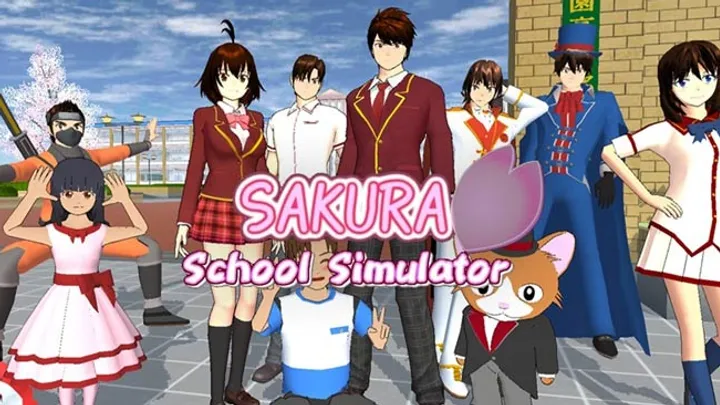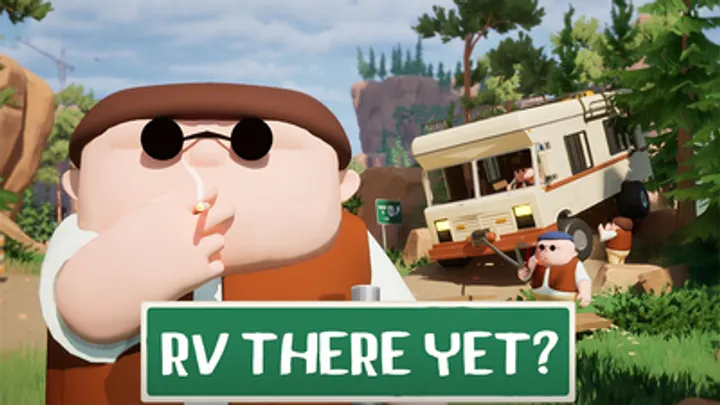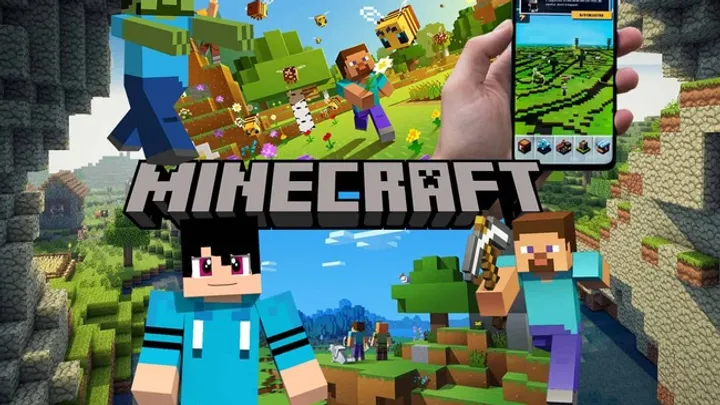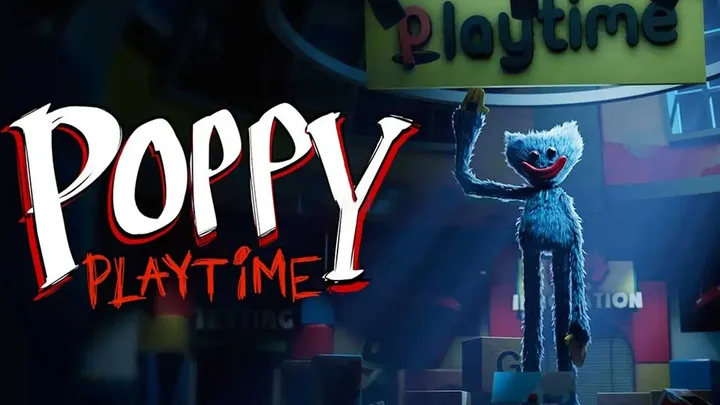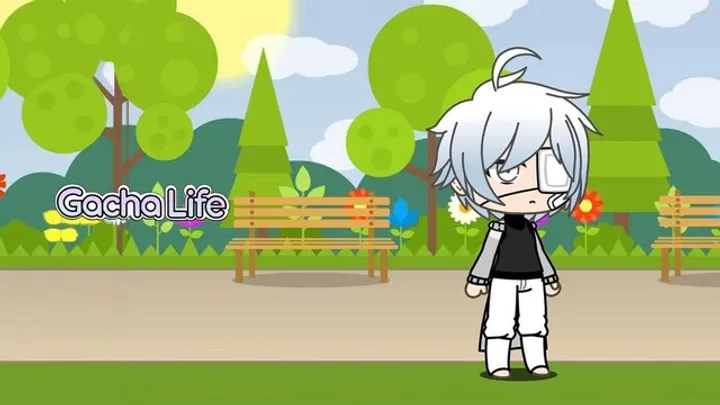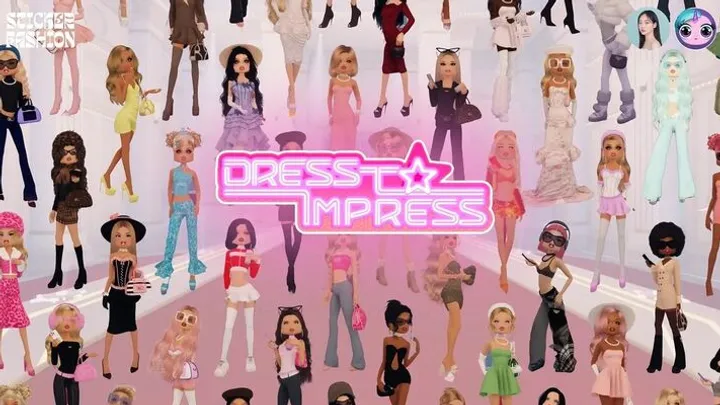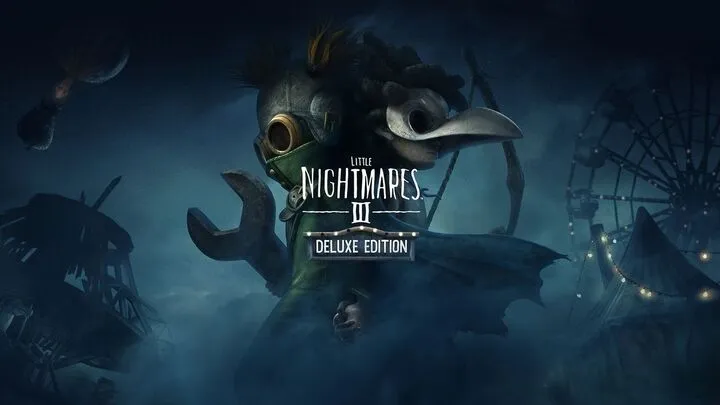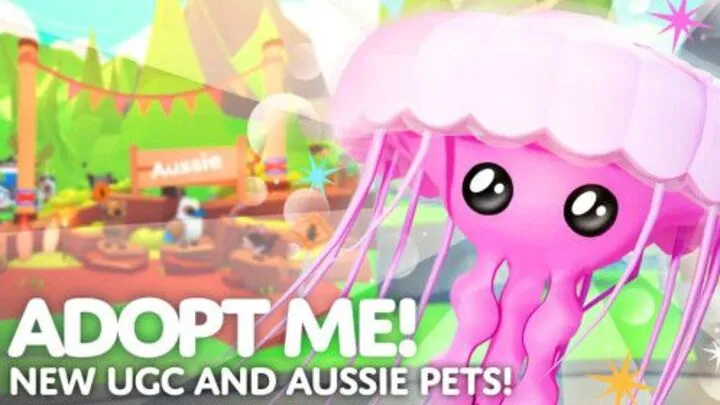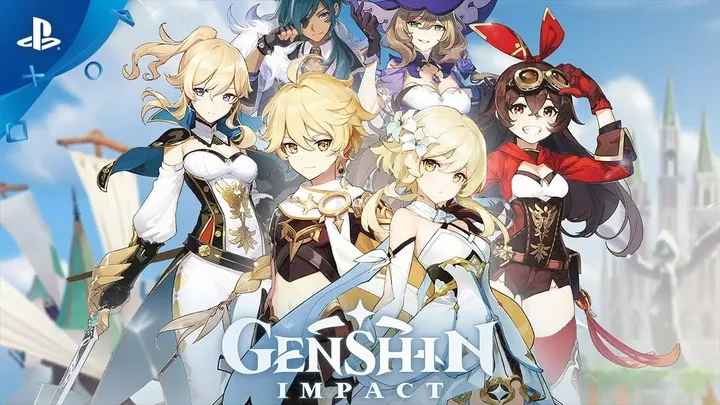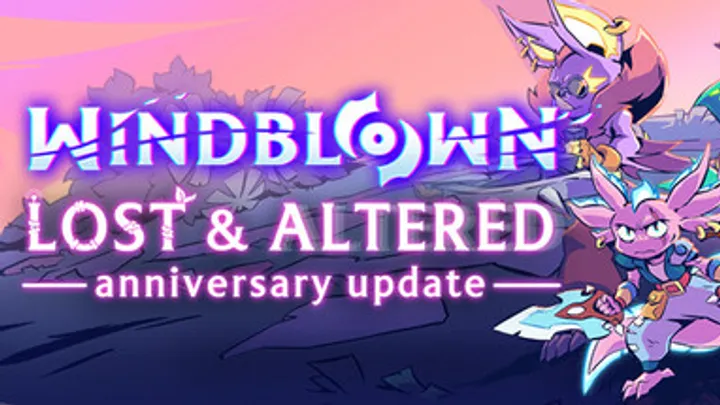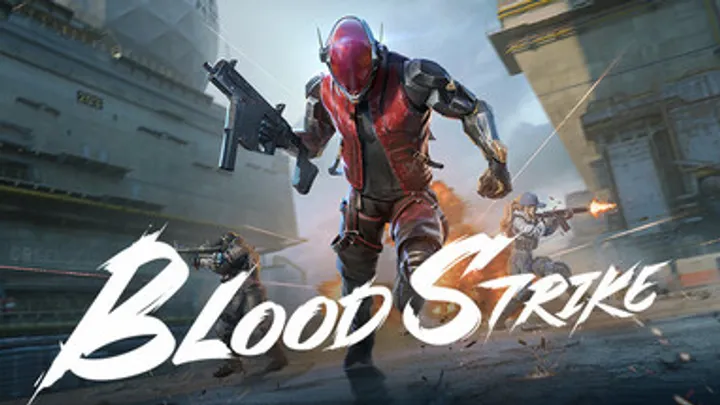Adopt Me! is one of the most popular games on Roblox, developed by Uplift Games. It invites players into a bright, family-friendly world where they can adopt pets, decorate homes, explore an open world, and interact with millions of other players. Since its release in 2017, Adopt Me! has grown into a cultural phenomenon, known for its adorable pets, vibrant community, and evolving in-game economy that reflects real-world dynamics of trust, value, and emotion.
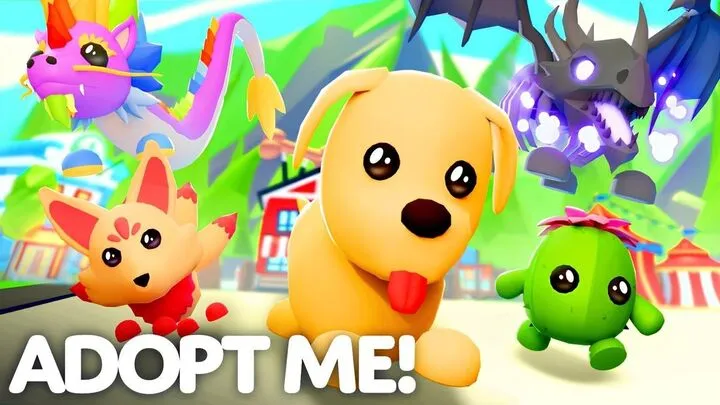
The Birth of the Pet Economy
When Adopt Me! first introduced pets in 2019, the developers couldn’t have predicted that it would redefine the entire game. Initially, pets were a charming side feature — companions to care for, feed, and dress up. However, the moment players realized that certain pets were limited and could be traded, the dynamic changed overnight.
What began as a nurturing game about adoption became a bustling marketplace. The concept of rarity tiers — common, uncommon, rare, ultra-rare, and legendary — introduced a new sense of hierarchy. Suddenly, players were no longer just caretakers but traders, investors, and collectors. This shift marked the beginning of Adopt Me!’s internal economy, one driven entirely by virtual scarcity and player perception.
The Rise of Legendary Pets
Every game needs its icons, and in Adopt Me!, legendary pets became the ultimate status symbols. From the Shadow Dragon and Frost Dragon to the Giraffe and Bat Dragon, these creatures weren’t just cosmetic rewards — they were digital luxury items. Players lined up for updates, stayed awake through the night, and strategized trades weeks in advance.
These pets shaped player identity. Owning a rare pet meant prestige; it symbolized time, skill, and dedication. In many ways, legendary pets became the currency of trust within the community. A player with a Neon Frost Dragon wasn’t just lucky — they were respected, envied, and sought after. The lines between digital and emotional value blurred rapidly.
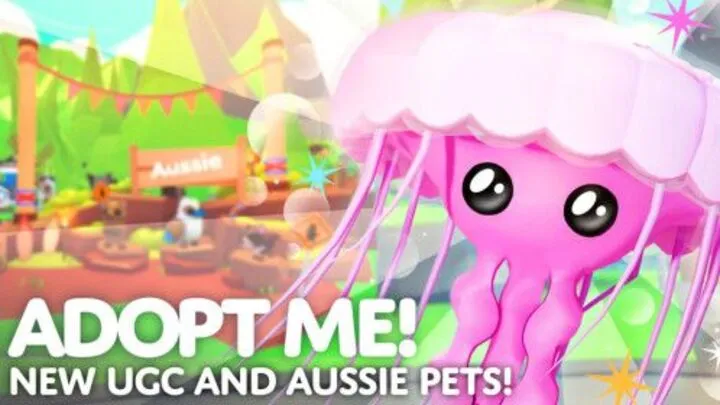
The “Shadow Dragon Effect”
The Shadow Dragon, released during the 2019 Halloween event, epitomized this phenomenon. Its limited-time availability and haunting design made it a cornerstone of the trading economy. Years later, players still trade immense values for it — sometimes offering multiple neon legendaries. This long-lasting appeal demonstrates how emotional attachment and scarcity fuel demand, even beyond logical value.
The Emotional Bonds Behind Trading
Trading in Adopt Me! isn’t purely transactional; it’s deeply emotional. For many players, especially younger audiences, pets represent effort and attachment. Losing or trading a beloved pet can trigger feelings of regret, anxiety, and even betrayal.
Players often recount stories of being “scammed” — deceived into unfair trades or tricked by trust games. The emotional fallout can be severe, creating long-term distrust in the community. On the other hand, fair trades and gift exchanges strengthen friendships, building digital bonds as real as those in the physical world.
The Psychology of Digital Possession
Psychologists refer to this as the “endowment effect” — when people assign more value to things simply because they own them. In Adopt Me!, a pet isn’t just data; it’s a memory, a symbol of hours spent playing, or a connection with friends. The decision to trade a pet often carries the same emotional weight as giving away something sentimental in real life.
Trading Platforms and Social Ecosystems
Outside Roblox, trading communities flourished on Discord, TikTok, and YouTube. Players began organizing “trade servers,” creating unofficial value charts, and showcasing their collections. Influencers rose to fame by posting high-value trades, and communities began debating what a fair offer truly meant.
These platforms added layers of social status and peer validation. Owning rare pets wasn’t just about in-game satisfaction — it became a form of online identity. Some players even curated aesthetics or personalities around their favorite pets, like “Frost Queen” or “Shadow King.”
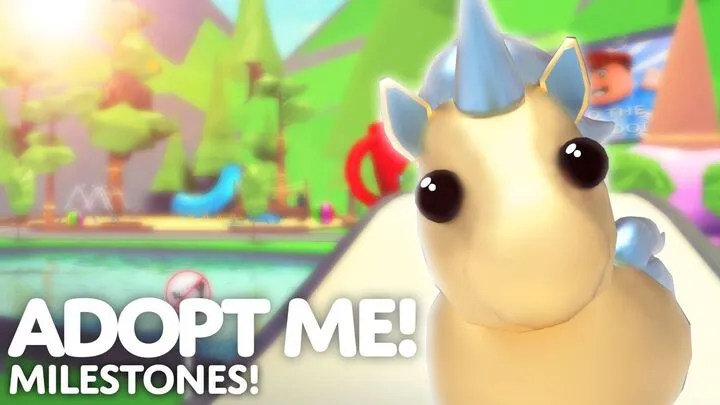
Role of Value Lists
Websites like Traderie and AdoptMeValues became unofficial stock exchanges for pets. Prices fluctuated with trends, supply, and player hype — mirroring real-world markets. The fact that such third-party systems thrive shows how Adopt Me! evolved into more than a game: it’s a full-fledged economy governed by human emotion and speculation.
The Economic Shifts After Major Updates
Each major Adopt Me! update acts like a market shock. When a new event or pet drops, the economy experiences inflation or deflation instantly. For instance, when new legendary pets are released, older ones may lose temporary value, similar to how new tech releases impact old models.
Some players even “invest” strategically — saving older pets to trade later for profit. Others hoard certain eggs, waiting for them to become “out of game.” This behavior mimics financial market tactics, teaching players — often unknowingly — about economics and patience.
The Fall of Overhyped Pets
Not every pet maintains its fame. Pets like the Kitsune or Guardian Lion were legendary but quickly lost trading value due to overproduction. This fluctuation reminds players that in Adopt Me!, as in real life, value depends on rarity and demand, not just appearance.
The Dark Side: Scams and Exploitation
As with any thriving economy, fraud followed. Scammers exploited younger players’ trust through tactics like “trust trades,” fake giveaways, and impersonations. The emotional pain of losing a hard-earned pet often led to tears and anger, with some players quitting the game entirely.
The Adopt Me! developers responded with new safety measures — trade confirmation windows, reporting systems, and scam prevention guides. However, no system can fully eliminate manipulation. The experience taught many players early lessons about caution, consent, and skepticism online.
Real Stories, Real Consequences
Across forums, countless players share their “first scam” stories. These moments often serve as emotional turning points, shaping how they interact with the game and with others. Some became advocates for fair trading; others, more cynical and guarded. It’s a digital rite of passage in Adopt Me!’s world.
Community Movements and Fair Trade Campaigns
Despite its flaws, the community has shown resilience. Movements like “Adopt Me! Fair Trade Day” and groups like “Scam-Free Servers” emerged to promote ethical trading and educate newcomers. Players create guides, run YouTube channels explaining trade values, and volunteer to help others recover from scams.
This self-regulating behavior reflects how communities mature. Players evolve from being victims to mentors, turning personal experiences into tools for collective safety. The empathy and education cultivated here make Adopt Me! more than entertainment — it becomes a miniature social classroom.
Role Models and YouTubers
Influencers such as Leah Ashe, MeganPlays, and Santa use their platforms to promote kindness, generosity, and smart trading. Their influence encourages millions of young players to treat others with respect and responsibility — soft skills that extend beyond the game.
The Emotional Economy: Trading as Self-Expression
Over time, pet trading became a language of self-expression. A player’s collection tells a story — about their dedication, preferences, and even personality. Some prefer cute neon pets; others seek dark, mysterious ones. The choices mirror identity formation, similar to fashion or hobbies.
Even the act of gifting or declining a trade can communicate friendship, gratitude, or boundaries. In many cases, trading becomes less about profit and more about storytelling — an ongoing narrative of connection and creativity within the Adopt Me! universe.
Neon and Mega Pets: Art Meets Economics
When neon and mega neon pets were introduced, players began seeing their collections as art. The process of aging pets, fusing them, and creating glowing masterpieces added a creative layer. Each neon became a testament to patience and persistence — qualities rarely rewarded so vividly in other games.
The Role of Events and Seasonal Cycles
Seasonal events — Halloween, Christmas, Lunar New Year — are economic and emotional milestones in Adopt Me!. They bring exclusive pets, themed maps, and limited-time opportunities that unite the community. But they also create intense trading frenzies.
During these events, even casual players become active traders, hunting for new releases and negotiating offers. The cyclical nature of these updates maintains player interest and mirrors real-world consumer cycles like holiday shopping or product launches.
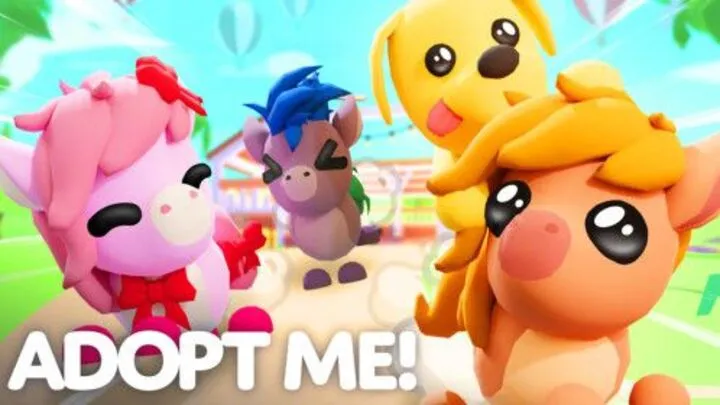
The Emotional Aftermath of Limited Events
Once events end, nostalgia sets in. Players often regret missing certain pets or feel proud for owning exclusives. This emotional cycle — desire, acquisition, nostalgia — keeps the trading economy alive throughout the year.
Adopt Me!’s Impact Beyond Roblox
The success of Adopt Me!’s trading economy has inspired similar systems in other Roblox games and even external gaming platforms. It demonstrated how emotional engagement can drive retention more effectively than rewards alone.
Developers across the platform studied how Adopt Me! balanced scarcity, cuteness, and social connection to keep millions playing for years. Its model proved that virtual economies can teach real-world lessons about empathy, fairness, and risk management.
Educational Value of Virtual Economies
Though unintentional, Adopt Me! introduced younger players to foundational economic principles — supply and demand, inflation, value fluctuation, and ethical trading. Teachers and parents have noted how these lessons manifest in real behavior, from budgeting allowance to understanding fairness in exchanges.
The Future of Pet Trading and Emotional Play
As Adopt Me! continues to evolve, so will its economy and community culture. The developers have hinted at new features that could reshape the market again, like cross-platform trading and advanced customization. These innovations may expand creativity but also introduce new economic challenges.
The emotional aspect will remain central. Whether players are bonding with friends, grieving lost trades, or proudly showing off neon pets, the human heart remains the true engine behind Adopt Me!. No algorithm or update can replace the emotions that make the game so magnetic.
Conclusion
The story of Adopt Me! is not just about pets or trading — it’s about people. It reveals how even in a digital space built for fun, humans instinctively build systems of value, emotion, and trust. Pet trading in Adopt Me! teaches lessons in economics, empathy, and self-expression that extend far beyond Roblox.
Through the highs and lows, the scams and celebrations, the community continues to evolve. The game’s vibrant pet market stands as proof that even in pixels and code, we seek meaning, connection, and belonging. Adopt Me! may be a virtual world, but the emotions it inspires are as real as they come.
